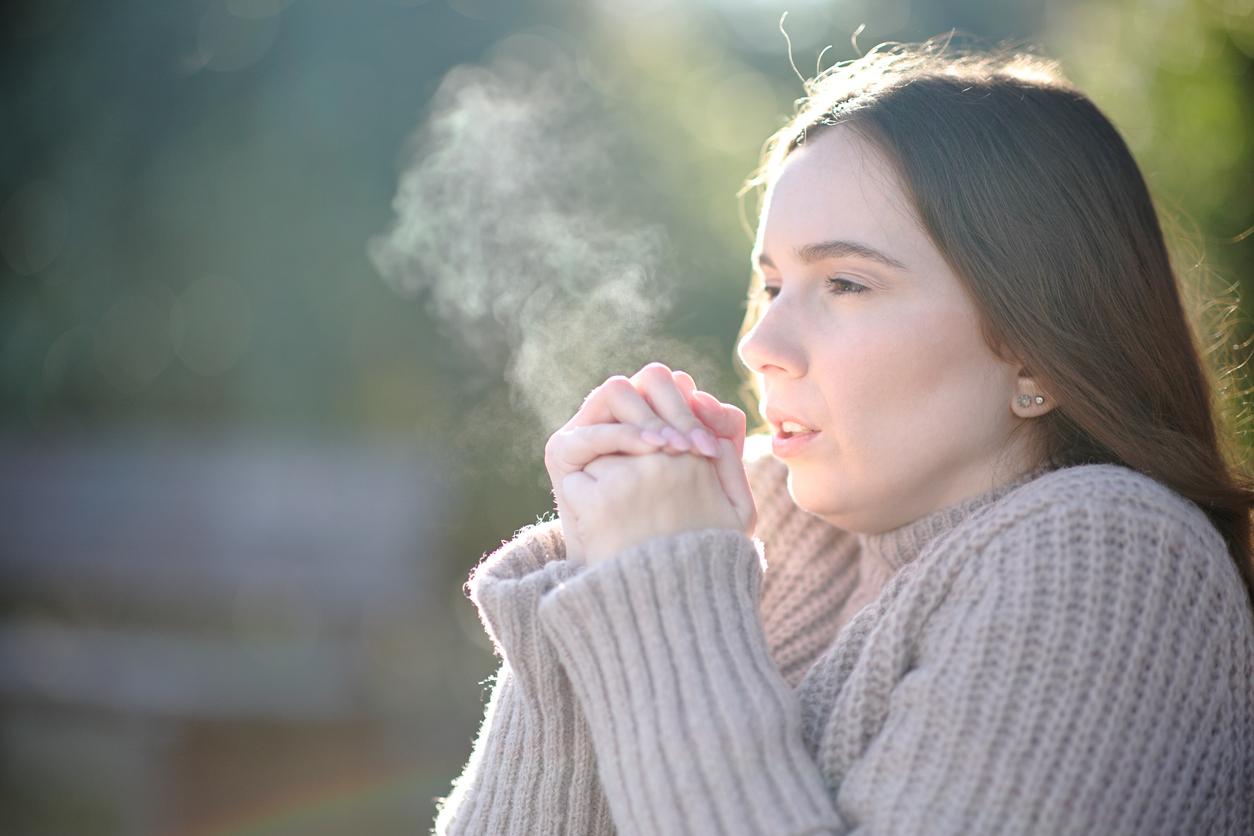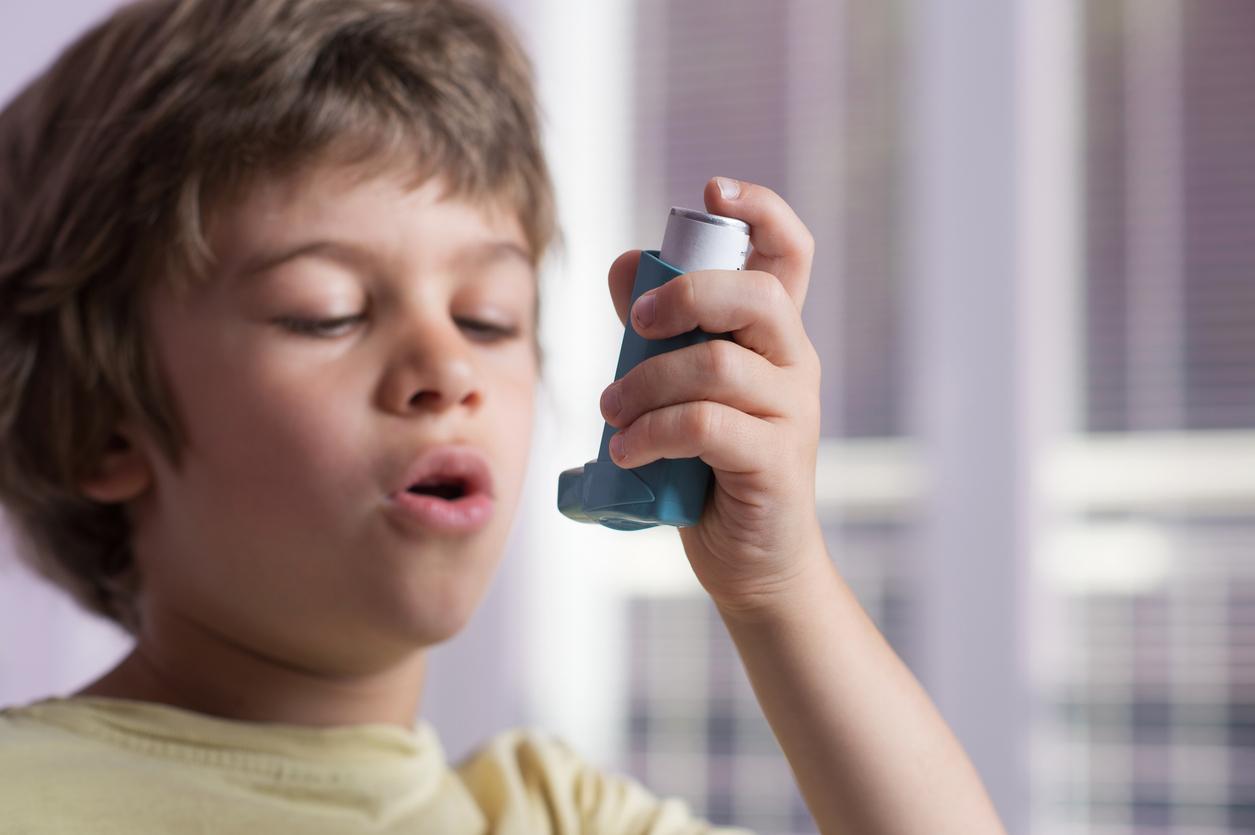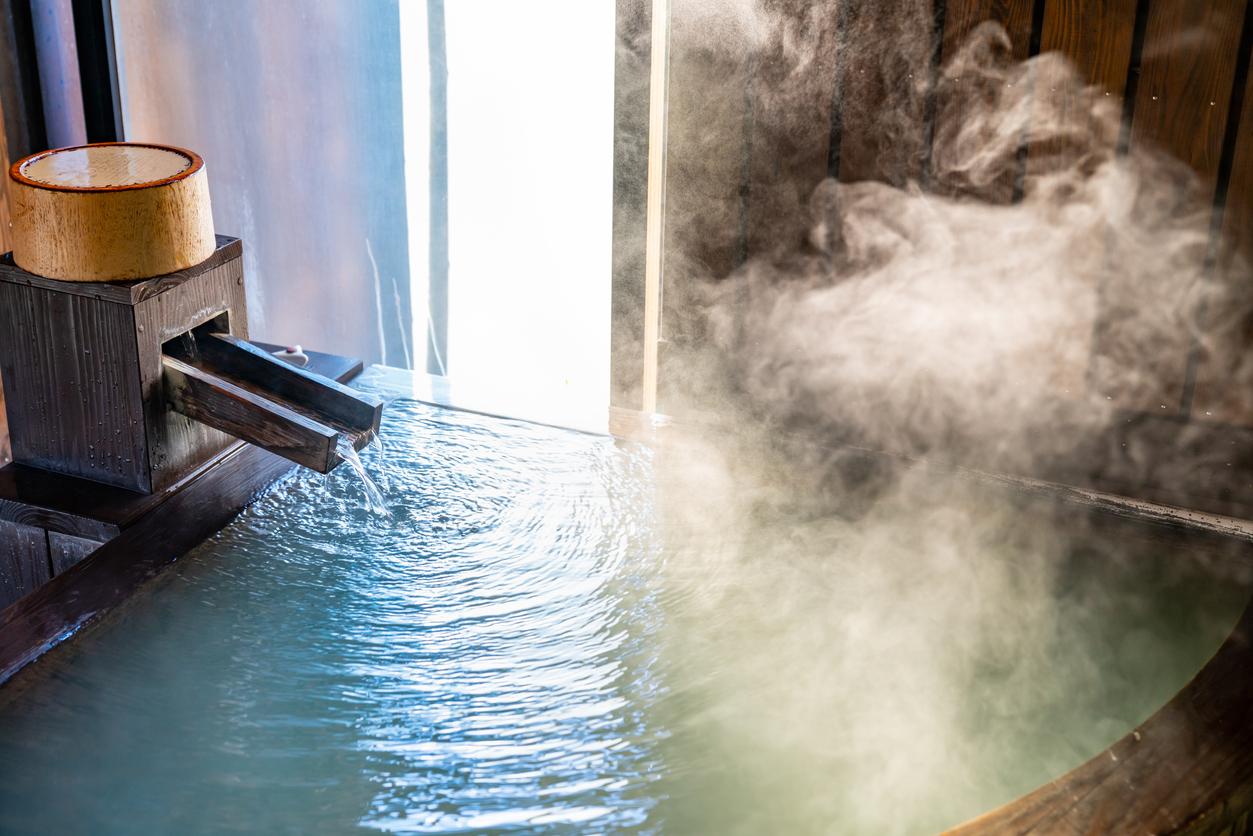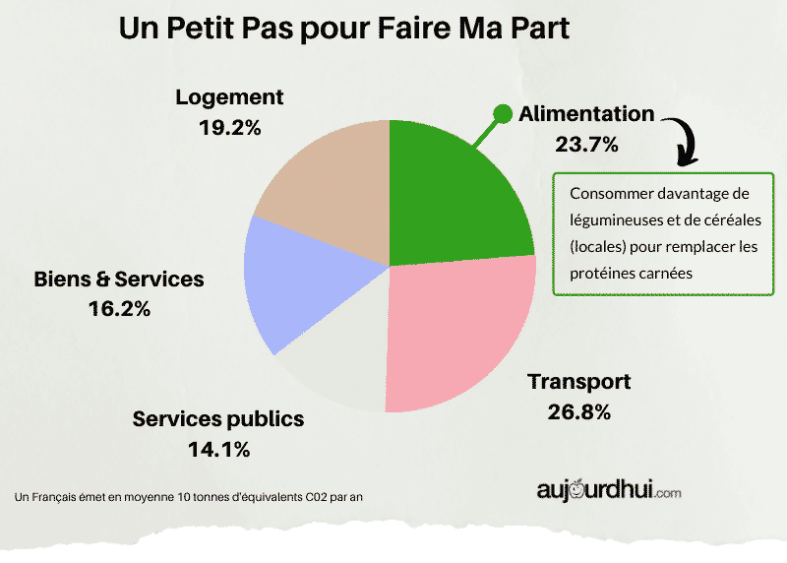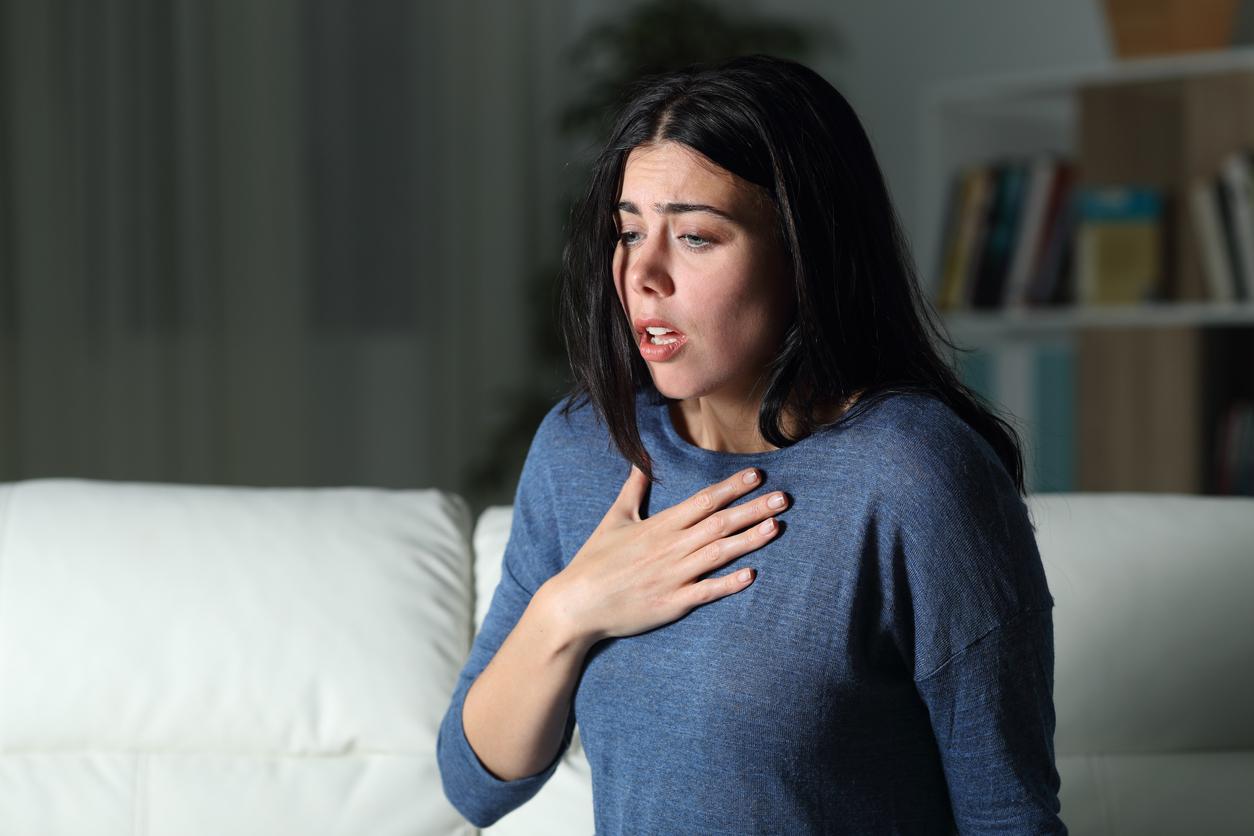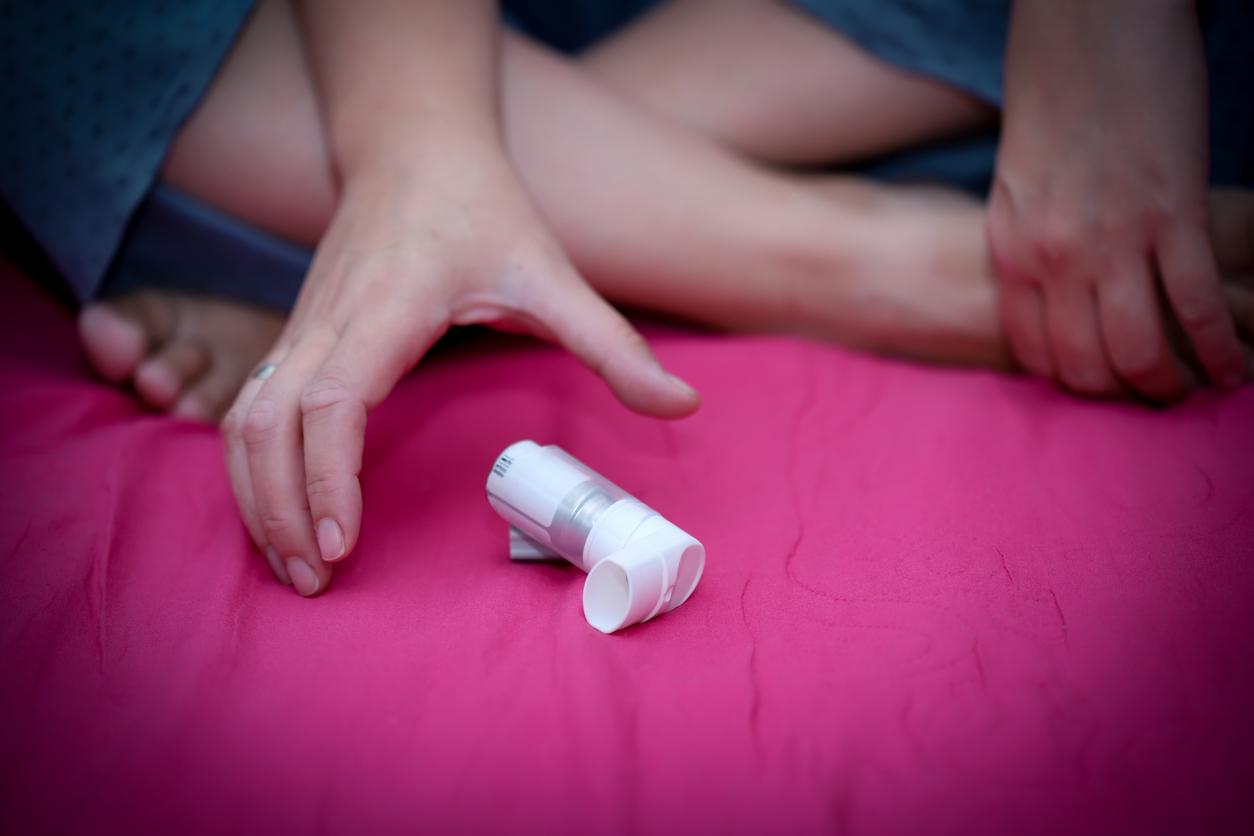18% of men and 23% of women have difficulty breathing when it is cold and dry. Moreover, this weather tends to worsen patients’ asthma or allergic rhinitis.
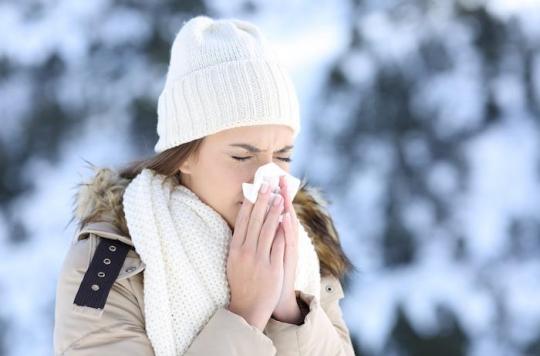
In France, asthma affects approximately 4 million people and is responsible for nearly 60,000 hospitalizations each year, especially during this winter period. Because according to a Finnish study published in July in the journal Naturenearly one in five men and one in four women find it hard to breathe when it’s cold and dry, which tends to make an already sick person’s asthma or allergic rhinitis worse.
Chronic inflammation
To reach this conclusion, the researchers analyzed data from more than 7,000 Finns between the ages of 25 and 74. They were able to observe that 18% of men and 23% of women experienced breathing difficulties at this time of year. Such disorders tend to cause stuffiness and a runny nose and cough.
“Cooling and drying of the airway epithelium (the cell lining from the nose to the lungs that passes through the throat and bronchi) can induce chronic inflammation, which is likely to increase respiratory symptoms,” the researchers note. . Thus, in asthmatics, being exposed to cold quadruples the risk of aggravation of the disease. As for people suffering from allergic rhinitis, it is multiplied by 1.5.
Prolonged exposure to cold sensitizes the bronchi
In 2016, a Norwegian study published in the British Medical Journal had already reported the inflammatory reactions of competitive skiers regularly exposed to cold for a long time after studying their bronchial x-rays. “These athletes exhibit a high prevalence of respiratory symptoms and airway hyper-responsiveness to methacholine and hyperpnea. do with epithelial lesions of the airways,” they wrote.
In France, although asthma treatments are increasingly effective, this disease is still responsible for nearly 1,000 deaths per year. Probably because the treatments must be done over the long term, and daily, which makes monitoring more difficult. In addition to the cold, asthma is mainly blamed on indoor allergens such as mold and dust mites, outdoor allergens (pollen and mold), tobacco smoke, irritating chemicals and pollution. air.
Allergic rhinitis affects 25% of the French population. It is characterized by repeated sneezing, “runny nose”, tingling in the nose and eye irritation. Patients react to grass pollen, mold, certain animals (hair or skin) or other particles. Although this affliction is not dangerous for health, it represents a real public health issue due to its frequency and its impact on the quality of life of the affected person (sleep disorders, irritability, work stoppages, etc.).










